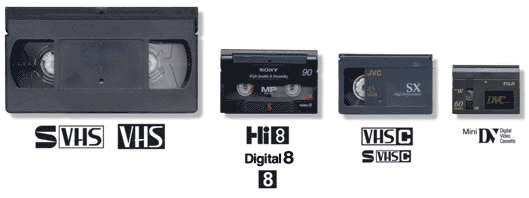- Joined
- 27 Jan 2008
- Messages
- 27,678
- Reaction score
- 3,352
- Location
- Llanfair Caereinion, Nr Welshpool
- Country

![MP4_May25_170724_0.avi_snapshot_00.05_[2018.05.26_10.19.16].jpg MP4_May25_170724_0.avi_snapshot_00.05_[2018.05.26_10.19.16].jpg](https://www.diynot.com/diy/data/attachments/142/142490-2ae93f614bcee45eb51dd2bb061d2780.jpg?hash=Kuk_YUvO5F) I have both mine and late father-in-laws recorders, I want to convert the tapes to format I can view on a computer, I have a few programs which seem to record honestech TVR 2.5 is the one I have used, AcrSoft Showbiz will display tape, but will not see the signal as a valid source.
I have both mine and late father-in-laws recorders, I want to convert the tapes to format I can view on a computer, I have a few programs which seem to record honestech TVR 2.5 is the one I have used, AcrSoft Showbiz will display tape, but will not see the signal as a valid source.All seem to have multi options for PAL, B, D, H, I, M, N, and 60, using an EasyCap USB device to convert from twin Phone cables to USB however the picture is not very good. There are some options which show strips or blocks of colour, but of those that work, there seems to be nothing I can do other than brightness etc. to improve the picture.
My camera I can't find a three pole jack to phone cable to use it, must have one some where, but just can't find it.
So to improve what am I looking for?
1) Swap camera.
2) Swap phone to USB adaptor.
3) Swap recording program.
4) Adjust something.
It is likely a one off exercise, the honestech TVR 2.5 program and EasyCap USB device will when plugged into the Sky+ HD box work A1, good picture no distortion so it would seem down to camera, SANYO VM-EX20P and a Samsung VP-A31 latter can't find lead for, both use same batteries and power supply only tried direct of power supply, I moved to the smaller digital tapes, then got what was intended as a still camera, but will take video the Nikon D7000 so today these old analogue cameras are only used to view very old recordings.
The digital tape used the firewire cables so the EasyCap USB converter was not required for them, however new PC does not have firewire however it does seem you can get cables firewire to USB so should not be a problem.


